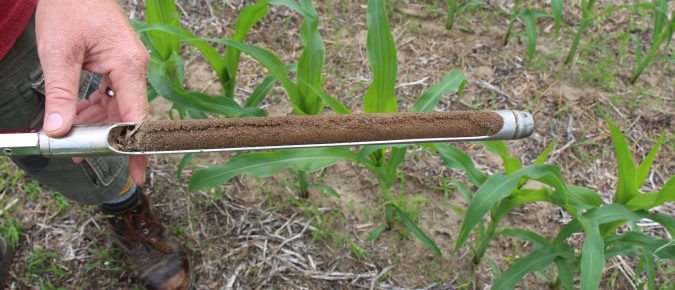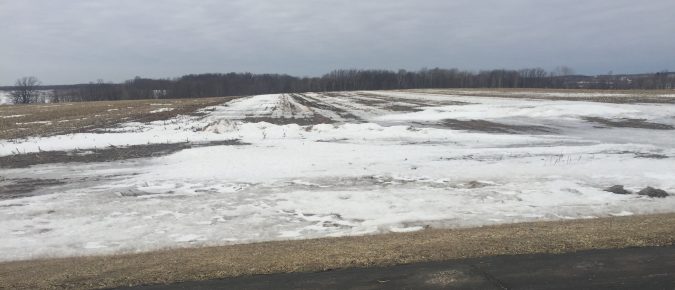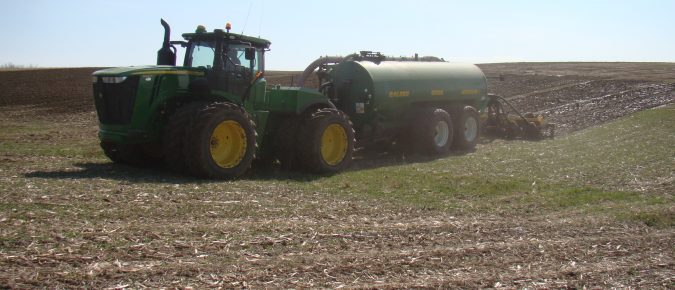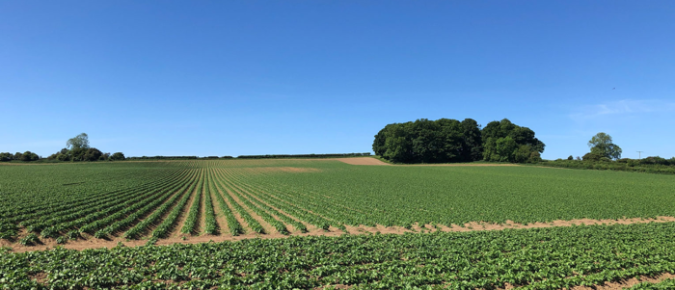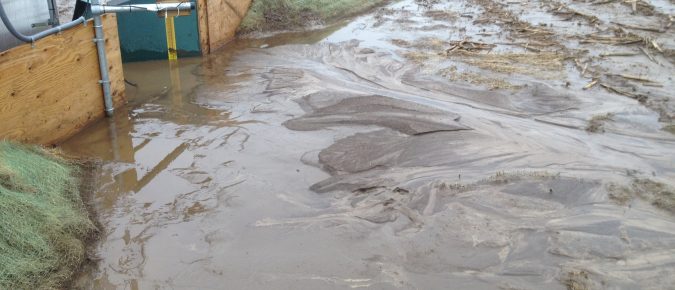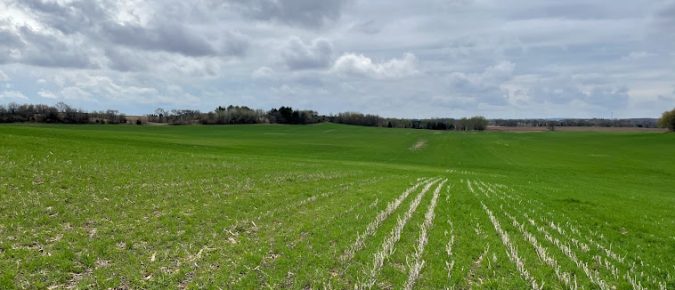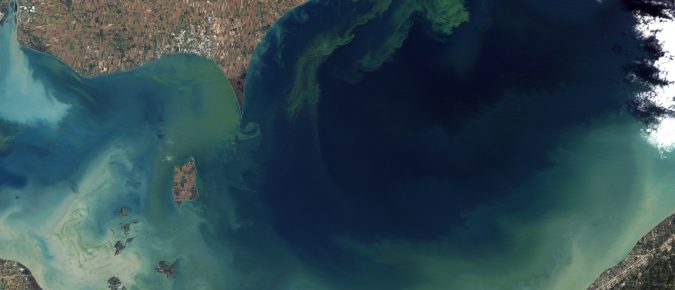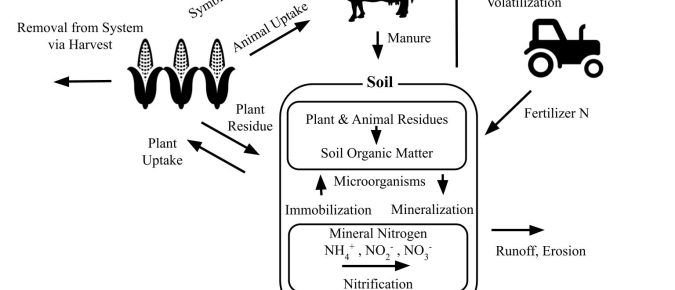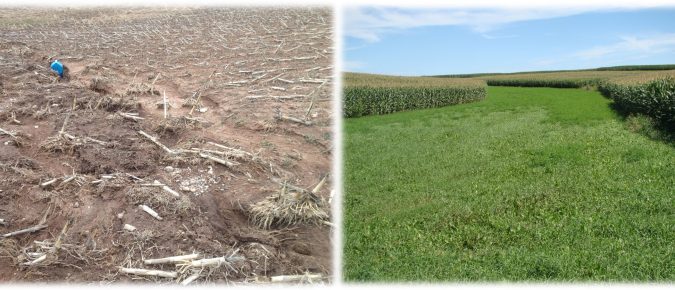This article was originally published in The Journal of Nutrient Management Discovery Farms’ Nitrogen Use Efficiency Project provides farmers and agronomists opportunities to evaluate their N management to determine the economic and environmental impacts of current practices. With five growing seasons of data collection and 300 fields in our database, we have established benchmarks for […]
Over the years, the University of Wisconsin Division of Extension Discovery Farms Program has shared lessons learned from nutrient applications on frozen soil. The main takeaway is that applying nutrients, such as manure, to frozen ground shortly before runoff occurs leads to greater losses.
Phosphorus is a vital macronutrient for crop production, a major contributor to aquatic degradation, and a finite global resource and thus is important agronomically, environmentally, and economically. Phosphorus loss to water resources happens in every agricultural production system. Fortunately, there are management options that decrease the risk and amount of phosphorus loss to water resources without sacrificing farm profitability.
Professionals working with farmers to increase the adoption of water quality practices will benefit from insights provided by new social science research. Placing management recommendations into a social, psychological and economic context can help professionals customize communication to farmers to address their barriers and motivations to adopting practices.
Nitrate leaching occurs more easily in Central Wisconsin because of coarse-textured soils and the types of crops commonly grown in Central Wisconsin which generally receive large amounts of nitrogen. Soil nitrate can easily be lost to groundwater particularly after heavy rainfalls.
As the quantity and quality of on-farm data increase over time, the understanding of how agriculture impacts water quality has evolved. As research and monitoring technology has progressed, the scientific community is looking at more than runoff and soil loss, but rather, different forms of phosphorus (P). In the past, total P was discussed, but now is broken down into particulate P and dissolved P.
Nitrate loads to groundwater have increased statewide, with studies estimating that over 10% of private wells in Wisconsin exceed the health standard of 10 mg/L. Researchers are looking at cover crops as part of a solution.
A recent study used data from 13 CAFOs in a Michigan watershed to increase understanding of how manure nutrients are used and how nutrient use efficiency can be increased to decrease the impact manure has on Lake Erie’s toxic algae blooms. The same issues affect many Wisconsin lakes.
Grassed waterways play a critical role on the landscape by stabilizing areas of concentrated water flow. If grassed waterways are installed properly and have an adequate grass cover, they can significantly reduce sediment and nutrient losses. The roots of the growing grass help to keep sediment and nutrients in place. The grassed waterway helps to catch soil particles carried in runoff as it concentrates and leaves the field.
The fate of N is highly affected by on-farm factors such as cropping system, management practices, soil type and hydrology, as well as external factors such as weather conditions. There are many pathways for N loss from a cropping system including:
According to the USDA Census of Agriculture, from 2007 to 2017, the amount of commercial phosphorus (P) fertilizer applied, and manure P generated, continued to increase in many states including Wisconsin; at the same time, farm acreage is shrinking. Over application of P contributes to both economic inefficiencies and environmental concerns, including harmful algal blooms and eutrophication of waterbodies.
Tile drains play an important role in Wisconsin’s agricultural production systems. Regular maintenance of tile drains is an important management practice to ensure agricultural productivity on tile-drained land in Wisconsin.

